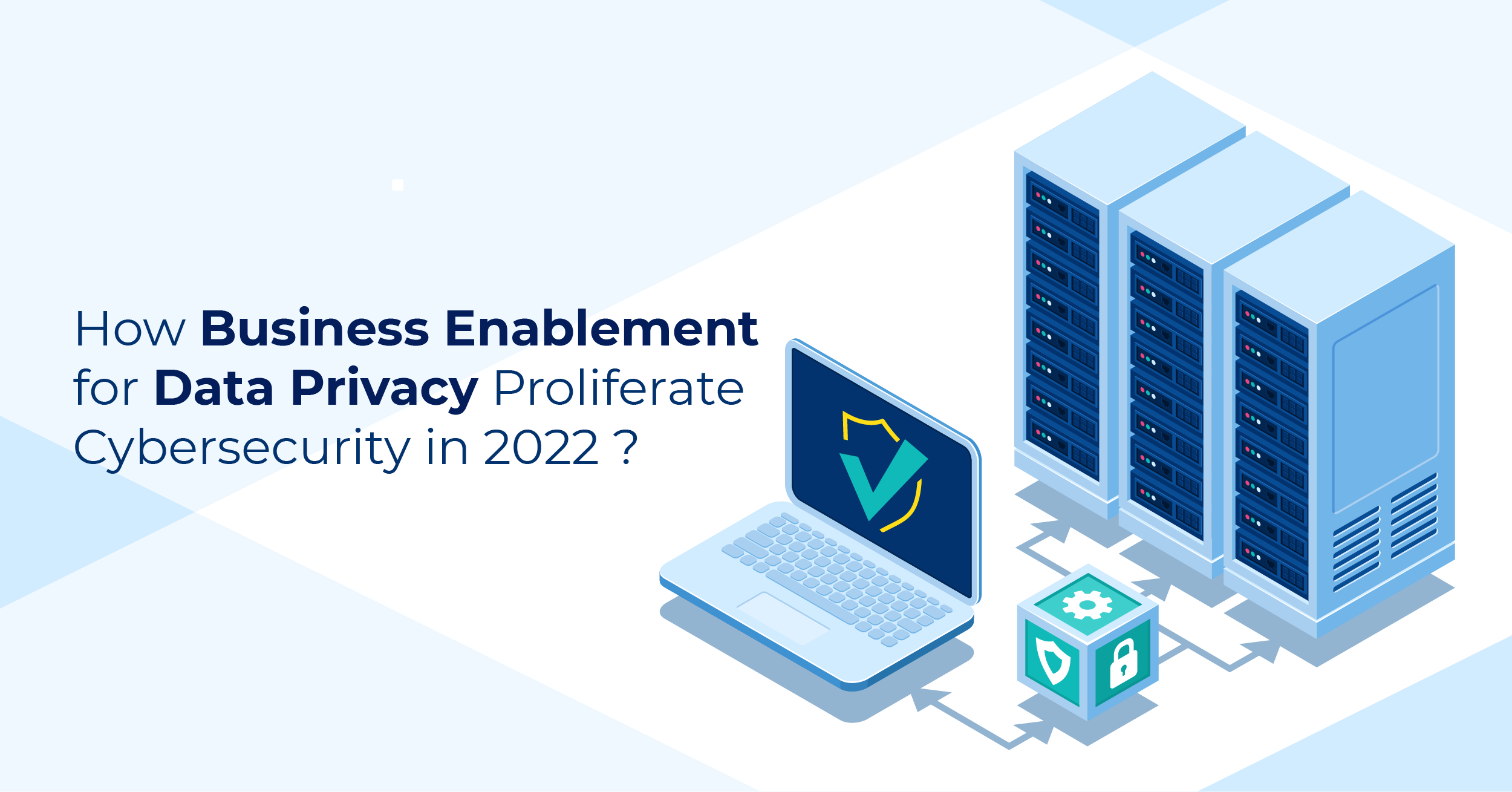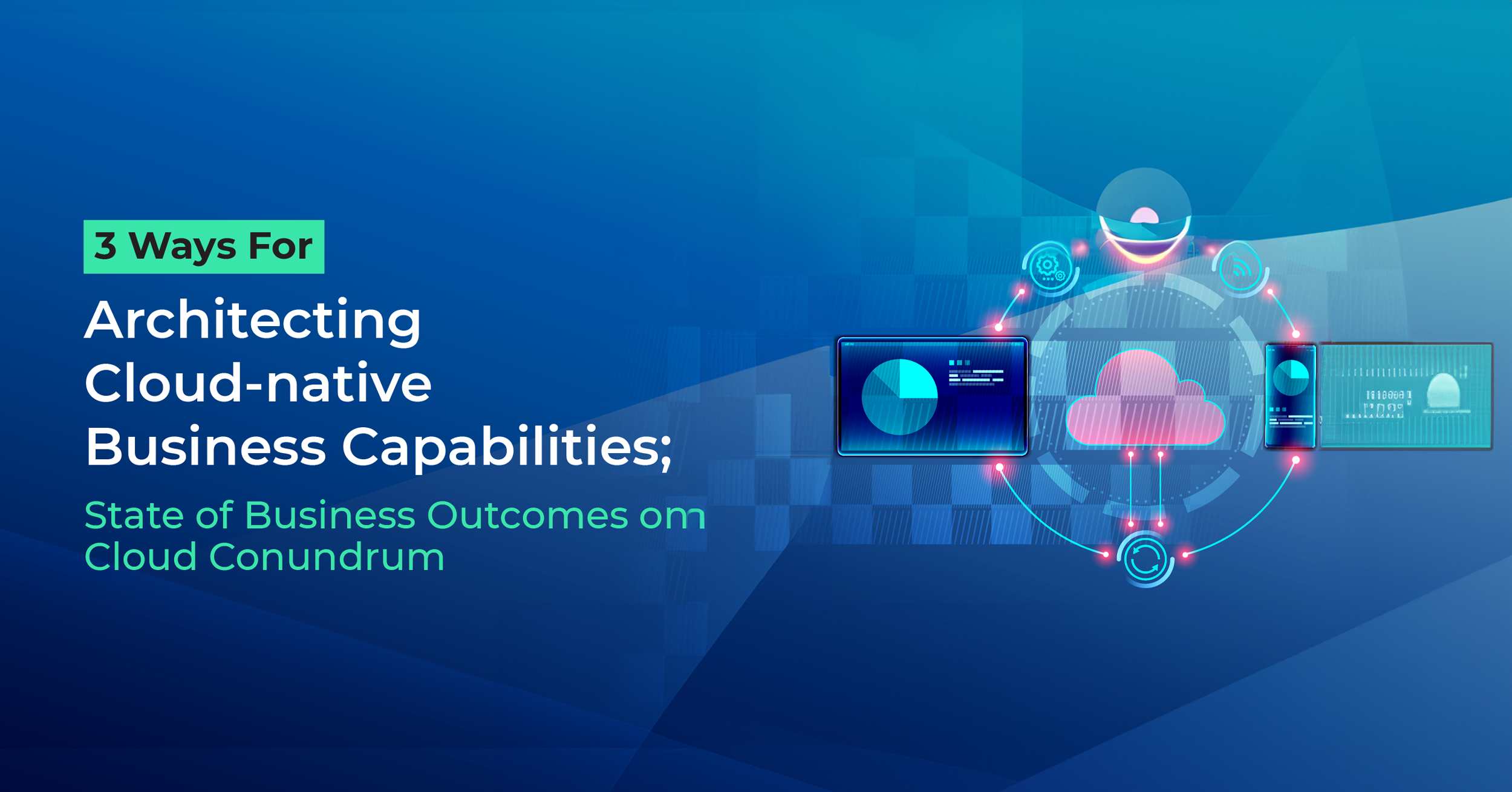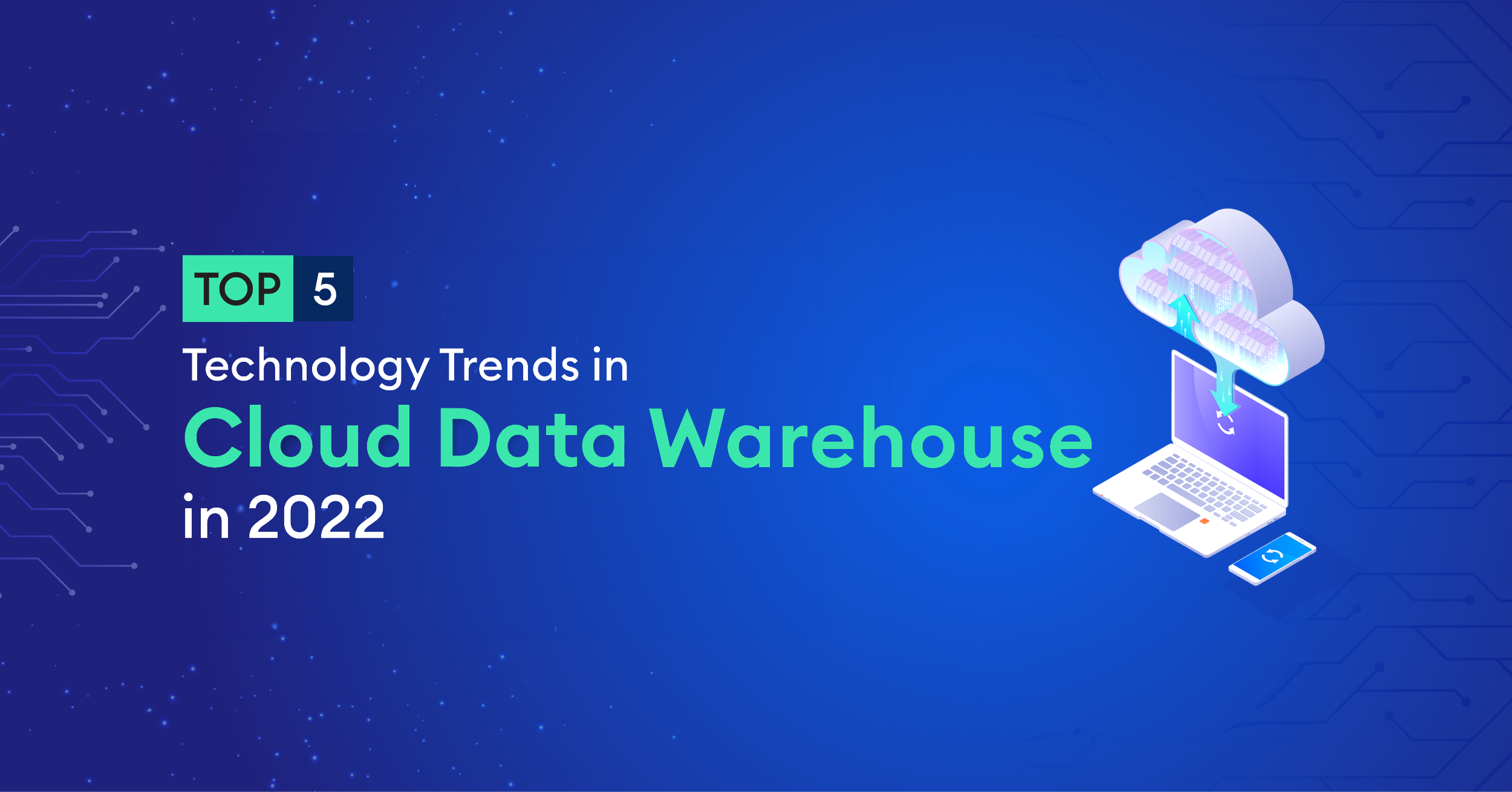Cloud adoption by large number of businesses is radically changing the entire business model and operations. Cloud migration strategy basically involves the set of processes that helps its end-users to move their business operations, processes, and applications in a cloud computing environment. The cloud adoption rates have surged with the need to stay competitive in the IT environment. However, many still face significant hurdles in fully embracing cloud adoption and modernization. From security concerns to legacy system integration, these challenges can stall progress. In this blog, we explore 5 Strategies To Overcome Cloud Adoption & Modernization Barriers to help us harness the full power of cloud technology for long-term success.
Growing Trend of Cloud Modernization
Cloud adoption has become a critical driver of business success. According to a study by Gartner, over 85% of enterprises will have adopted a cloud-first principle by 2025. This shift is not just a trend but a strategic move to enhance agility, scalability, and innovation. As businesses increasingly turn to cloud solutions to drive innovation and efficiency, they often encounter significant barriers that can impede their progress. Understanding and overcoming the barriers to cloud adoption is essential to unlocking its full potential and maximizing value.
This blog delves into five elite strategies designed to help organizations overcome these obstacles and maximize the value derived from cloud adoption. From enhancing security measures to fostering a cloud-ready culture, these strategies provide a comprehensive roadmap for navigating the complexities of cloud migration and optimization.
Force Driving the Cloud Adoption & Modernization Strategies Among Enterprises
Frequent changes in technology, testing models, security standards, and regulations make it essential for companies to modernize their tech stacks. Besides, companies need to have a flexible team, collaborate, and bring about changes in other aspects. Adopting the cloud involves more than just moving workloads; it requires businesses to address uncertainty and reinvent their models. Cloud modernization promises accelerated innovation, enhances efficiency, and enables digital transformation but rushing towards migration can lead to unfavorable outcomes.
Maximizing the cloud value approach must align with the business value, companies’ technology needs, and industry dynamics for the right match of scalability required. According to the IDC survey, the dedicated cloud-as-a-service market is expected to grow at a 2019–2024 CAGR of 159.7%, reaching about $24.6 billion by 2024. It suggests IT decision-makers should treat the cloud as an operational model to succeed in digital transformation. This alignment ensures that the cloud infrastructure not only supports current business operations but also scales efficiently to meet future demands. Despite the surge in cloud adoption, there are significant barriers to cloud migration. Security concerns, compliance with regulatory standards, and the complexity of integrating cloud services with existing systems are among the top challenges. Additionally, legacy infrastructure and a lack of skilled personnel can further complicate the migration process. These barriers can lead to delays, increased costs, and potential disruptions in business operations.
Understanding Four Main Barriers to Cloud Adoption
As mentioned above, cloud migrations come with a number of hurdles, and companies and IT leaders provide different rankings as per their organization. Some common barriers that exist almost everywhere:
- Security Risk: Cybersecurity is the major concern while migrating towards the cloud. Hence organizations must conduct a cyber risk assessment to understand and make remediation strategies.
- Legacy Architecture: Legacy architecture is not always “fit for the cloud”. A lot of companies don’t have microservice architecture or container platforms like Kubernetes or docker. This can be a major obstruction for those wishing to move to the cloud. Also, it lacks modern security features which makes it less resistant to cyber-attacks.
- Misalignment Between IT and Business: Alignment of business and IT is crucial for the digitalization of processes and enterprise-wide cloud adoption. Unless both have unified goals, businesses won’t be able to ensure stability and integrity in the core business. Both teams working together will be able to work collaboratively and implement new technologies more effectively.
- Complexity in Business Culture: Companies face challenges with cultural change during the migration journey. Companies fail to build a business case that articulates their needs and constraints and takes into account the culture of their organization. Therefore, cloud adoption failure remains a concern.
Like other business activities, creating a strategic plan and roadmap will help companies keep on track to achieve their goals.
5 Key Strategies of Overcoming Barriers to Cloud Adoption
Like other aspects of technology, the cloud too needs modernization and forms the basis of cloud-based digital transformation (Know about the sustainable strategies of digital transformation in 2022?)
The key steps in overcoming cloud adoption and modernization barriers are:
1.Evaluate Technology Stack: The technology stack involves all applications, development resources used to build them, data required, and computing resources. The correct tech stack would lessen your burden of managing and integrating all essential components. Essentially, looking at these two factors will help you choose the right one:
- Efficient Tech Stack: Doing research and determining the viability of technology would reduce the burden. More so, this will be a building block of applications working in the cloud. So make sure the foundation is sturdy.
- Avoid Overuse of One Platform: It’s a challenge with a home-built tech stack as companies may end up over-inclining towards one platform or technology becomes a challenge. Your project requirement, availability of resources, development cost all count, and overburdening won’t work.
- Build Appropriate Cloud Strategy: Building a cloud strategy depends on the vision of the company and how it sees the cloud. Continuously improving processes in the cloud sees modernization in aspects like cloud management tooling and solutions. Building an appropriate cloud strategy involves these considerations. Leverage one of these 5 Strategies To Overcome Cloud Adoption & Modernization Barriers.
- Cloud Modernization: This requires detailed planning and later results in applications to run concurrently and seamlessly, quickly scaling up and down, thereby optimizing the compute and cost. These days shorter development life cycles are required for faster iteration and deployment.
- Cloud and Data Analytics: Combining cloud with analytics provides an effective mechanism at a reasonable cost to perform a large amount of data analysis. In this line, Data Analytics as a Service (DaaS) represents the approach of an extensible platform that can provide cloud-based analytics capabilities in a variety of industries and use cases.
- Cloud Infrastructure and Multi-cloud Operation: As organizations transform their application stacks by creating new software or modernizing existing applications, different applications can be optimized with cloud services unique to each vendor. There may be business applications optimized for a specific cloud or there may be a predominance of applications on a specific operating system and best suited to a particular cloud.
- Transform Business with Cloud Agnostic Technologies: Companies see a cloud agnostic approach as an opportunity to create a highly portable system. Cloud agnostic approach is neutral towards the use of a specific cloud and includes the use of a multi-cloud provider. It is believed to be more resource-intensive in terms of economy and time. Cloud-agnostic technologies are:
- Microservices: This organizes an application in the collection of small units, each serving a specific business function. For autonomous teams and loosely coupled system microservices (Recognize which microservices trend best suits your organization) work best.
- Dockers: It’s an open-source containerized platform for packaging applications. Docker provides portability and creates abstraction across network and storage and focuses on how applications behave and what physical infrastructure they support.
- Multi-Cloud Kubernetes: This is the deployment of Kubernetes (Get insight on Kubernetes trend that best fit for your enterprise) over multiple clouds which helps to keep distributing workload immediately and continuously.
- Change the Operating Model: Business transformation is not just changing the technology and migrating towards new solutions. It requires awareness and change in business operation and the evolution of operating business models by improvement in data platforms, bringing security after migration, appropriate management of solutions according to finance and the HR policies keep check on better execution. It’s crucial to understand that not all nodes can be aligned at a time but movement at the right time and effort will maximize the value of the solution adopted and will bring the desired outcome.
- Leverage Hyperscale Cloud Providers: Cloud providers that bring a global business solution, outsourcing, and consulting capabilities to support and enable organizations to migrate, adapt, and build cloud-native offerings are hyperscale cloud providers.
They provide cloud professionals with experience and talents to consult on technology stack on the cloud, data migration on the cloud, and transition services. When an organization faces large incoming data, excess workload, and development of a new platform, hyperscale cloud providers get these processes done easily and help in mass migration.
Technological Awareness and Culture are Imperative for Improved Cloud Adoption
Going completely to the cloud is not an overnight initiative. Businesses need technology, and a skilled technical team to move the business forward. As a first step towards implementation, organizations need to watch their technology stack and decide on an accurate cloud strategy. The role of the team provides momentum to the cloud’s ability to transform business and industry. Only then does the real change take place in an organization as a whole.
Organizations in the future will incline more towards cloud and this will be more ubiquitous and will depend on more cloud-native architectures and technologies, and anything that is non-cloud will be a part of the legacy system. Drawing resources or as-a-service functionalities will become more prevalent.
How Techment Can Help With Enhanced Cloud Adoption & Modernization
Techment Technology helps partners to modernize their applications and tech stack to successfully migrate towards the cloud and help to innovate so as to fit in a cloud environment. Our partnership with the Oracle Cloud Infrastructure (OCI) is leading the way in data strategy and cloud transformation. This collaboration enables businesses to leverage advanced data solutions, maximizing their data’s potential, optimizing operations, and achieving remarkable efficiency and insights.
Contact us today to learn more about how we can support your business goals and accelerate your journey to the cloud.
 All Posts
All Posts


